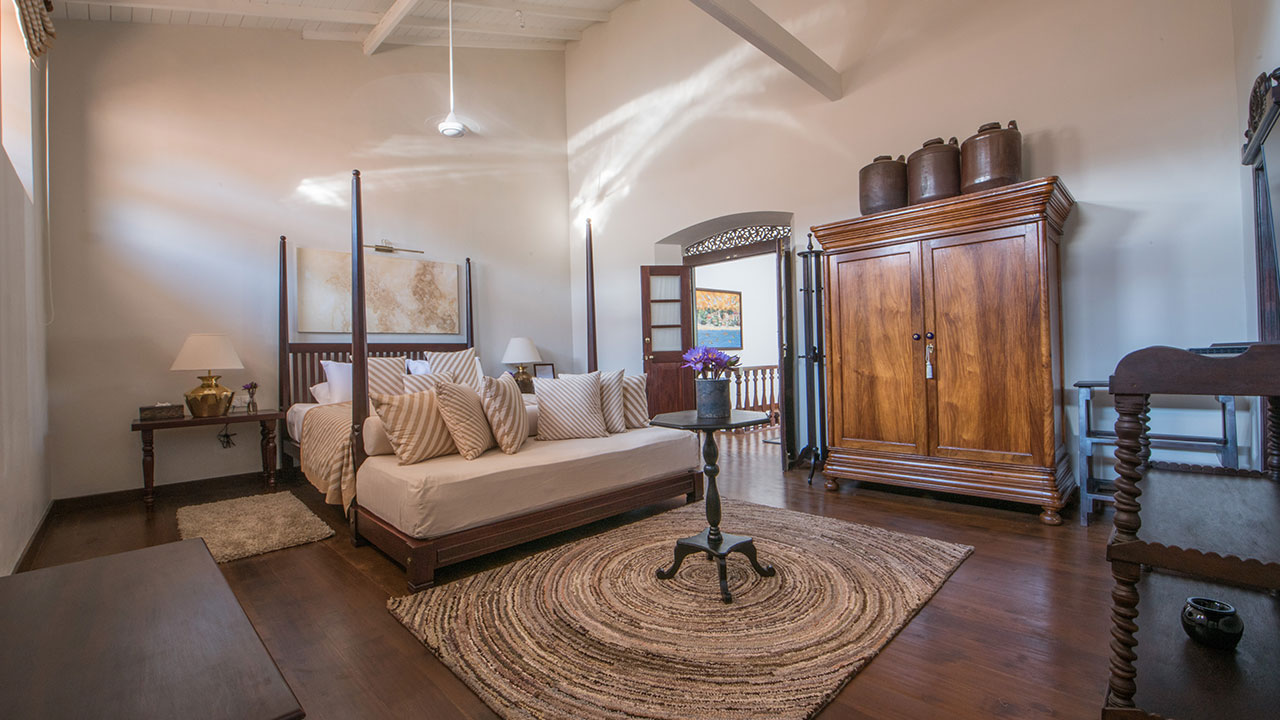Everything
The mind’s-eye image of a Sri Lankan experience typically includes clear blue waters, hammocks swaying between trees alongside secluded beaches and, to the slightly more researched, elephants wading past groups of stilt fishermen. And since 2009, when the country’s 25-year civil war finally came to an end, Sri Lanka’s burgeoning tourism industry has been fanning these tropical images.
But Sri Lanka’s landscape is as varied and surprising as its history. As far back as 1649 when the country was under British rule and known as Ceylon, a small seaside city south of Colombo was occupied by Dutch migrants. They settled on this southern coast at the base of an existing fort and heritage monument built by the Portugese in 1588. The result was a unique, colonial settlement of European architecture enclosed within the walls of a secluded fort. Nowadays the charming preserved streets of Galle Fort are something of a visitor hot spot.
Nayantara Fonseka, or Taru, as she is known to just about everyone in Sri Lanka (as well as to a great many beyond) is the godmother of boutique, luxury tourism in the country. In fact, she is nothing short of legendary when it comes to the reinvigoration of Sri Lankan design. Taru has been a successful event planner and interior decorator since 2002 but it’s her acclaimed set of 12 boutique hotels that have, quite literally, put her on the map. Taru’s aim for each of her properties has always been two-fold; to first and foremost provide a relaxing, understatedly luxurious experience for her guests and secondly, to create beautifully designed properties that respectfully build upon the existing nature of the area. Therefore, Lighthouse Street at Galle Fort is Taru’s colonial masterpiece.

This converted four-room hotel was originally built in the 1800s for a Dutch merchant and his wife. Ceilings are high, architraves are arched and décor is an eclectic blend of native pieces and European accents. Think plentiful hydrangea arrangements, copper and white vases housing oversized orchids, plush sofas and antique cane occasional chairs all housed beneath whitewashed pitched roofing. These airy and highly elegant common areas are the setting for daily breakfast, moments of quiet respite and evening meals by Taru’s esteemed in-house kitchen.
Each of the four rooms is individually styled but all speak to the Fort’s fascinating blend of Sri Lankan and Dutch history. Dark timber flooring and furniture give a nod to the European settlers while myriad artworks feature some of Sri Lanka’s nest.
The popularity of villa accommodation within Galle Fort has grown tremendously in recent years, so Taru’s Lighthouse Street — on the most picturesque street of the area — is in good company and offers an immersive experience of this magical place. Within the fort walls, street vendors selling local food and crafts provide a stark contrast to the stately European architecture. The latest chapter in this life of this fascinating historical place, home these days to a cosmopolitan crowd, makes a Taru Villa experience all the more resonant and worthwhile. Visit taruvillas.com.
THIS ARTICLE APPEARED ORIGINALLY IN THE OCTOBER EDITION OF ICON MAGAZINE.
SUBSCRIBE HERE TO RECEIVE TWO PRINT EDITIONS PER YEAR FOR $15AUD

